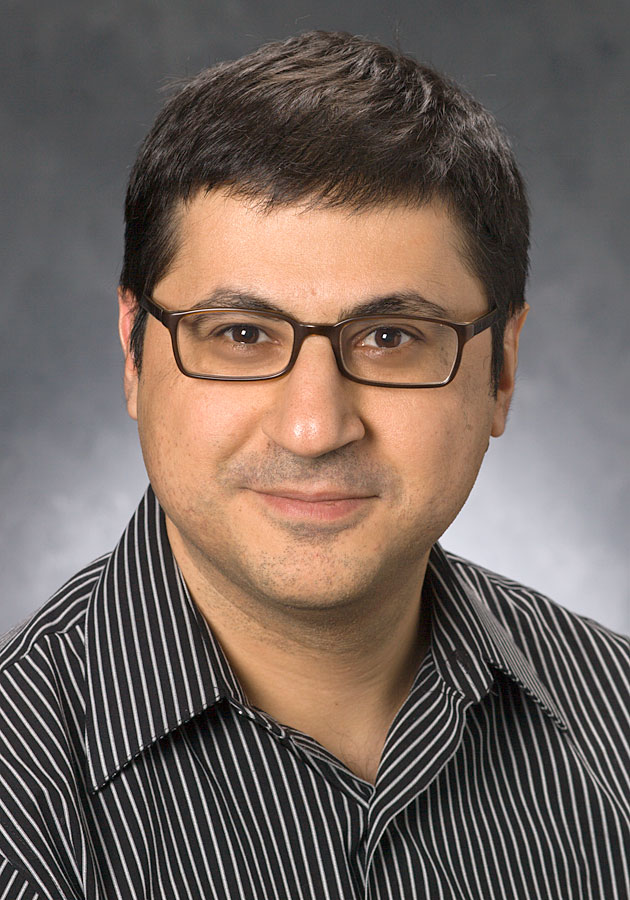With the emergence of severe acute respiratory syndrome-SARS-in Asia and the surprising severity of the recent influenza season in the United States and Britain, it is apparent that the spread and evolution of infectious diseases remain an important public health issue worldwide.
Pejman Rohani is showing that biological science, mathematical modeling and observations of host-microparasite interactions may offer the potential tools to address this global problem. For Rohani, research is motivated by intellectual curiosity and a desire to answer the how-and-why types of questions his field poses.
“I’m not setting out to change policy,” he says, “but hopefully, as a result of careful work, policy makers will take note of these results.”
Rohani came to England from Iran at the age of 13 and during his early school years developed in interest in both biology and mathematics.
“In the British system you essentially decide, at age 18, whether or not you are going to do math or biology or chemistry or whatever,” Rohani says. “I ended up choosing mathematics.”
Three years later, Rohani merged his interests at the University of Manchester in a final project on modeling ecological systems. He received the mathematics department’s award for best final project and went on to complete a Ph.D. in population biology at the University of London.
Rohani’s postdoctoral work eventually led him to a Royal Society Research Fellowship in the department of zoology at the University of Cambridge. It was during this time that Rohani began examining historical records of measles and whooping cough outbreaks in various cities, towns and villages across England and Wales with colleagues in the department.
Studying the effects of mass vaccinations on the outbreaks of these diseases led Rohani and his research group to an interesting finding-the potential ecological interaction, or ”interference,” between different human diseases.
Since joining the UGA faculty in 2001, Rohani has begun to explore this new idea in depth. In a paper published in the April 2003 issue of Nature, Rohani and his team analyzed and modeled records of measles and whooping cough infections in 32 European cities from 1883 to 1932, before vaccinations became widely available. Their work predicted that when one disease removes enough susceptible hosts from a given population, through sequestration during convalescence or death, the rate of infection for the “competing” disease goes down. Mapped simultaneously, epidemiological data from the period proved consistent with the predicted “interference” effect.
“Disease ecology seems to be a rapidly expanding area,” Rohani says. “I think epidemiologists are beginning to appreciate how the ecological perspective can be useful in trying to understand diseases, primarily because it proposes mechanisms underlying disease dynamics.”
The analyses and modeling of this data can also offer public health policy makers a better understanding of how such infections spread within and between populations, Rohani says. Such information can be useful in evaluating the success of present immunization schemes as well as in developing alternative programs.
Among his recent projects, he is writing and collaborating with researchers from the University of Warwick in England, the Centers for Disease Control in Atlanta and the Génétique des Maladies Infectieuses in Montpellier, France, on topics ranging from ecological modeling to smallpox dynamics.
“I enjoy working with other people, and, it may be a bit cliché, but I do like the synergism that often comes out of it,” he says. “In some cases, it is the perfect way of linking the empirical community with the quantitative or theoretical community.”








